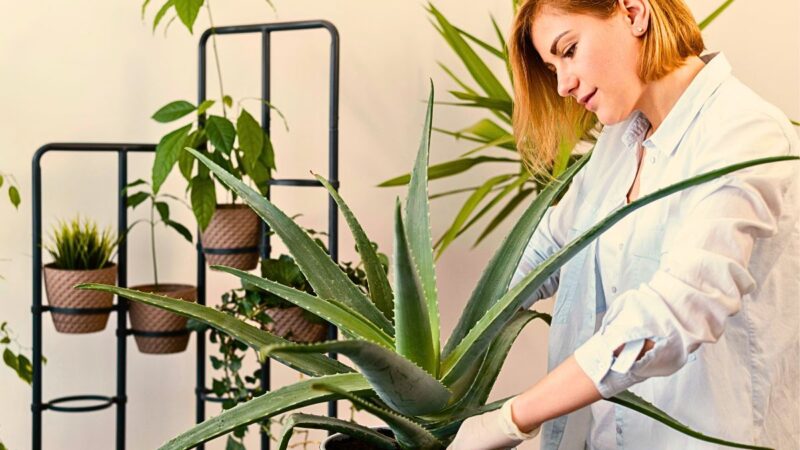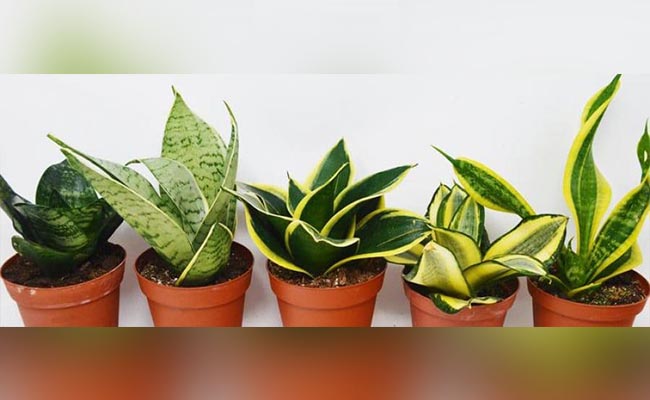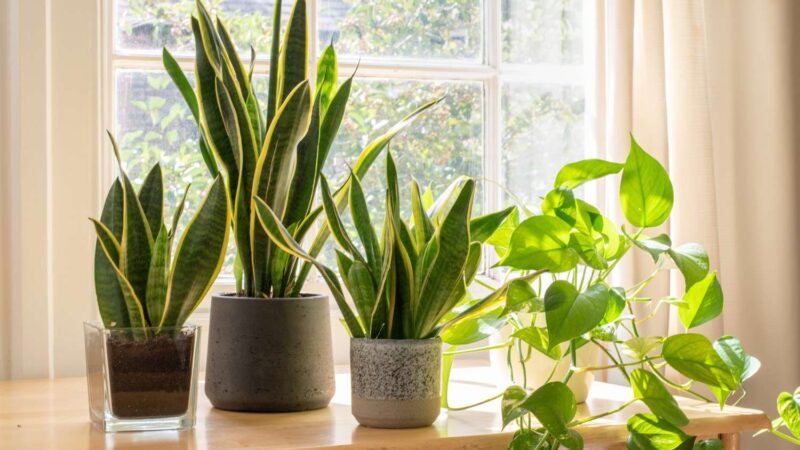Canterbury Bells Plant Profile
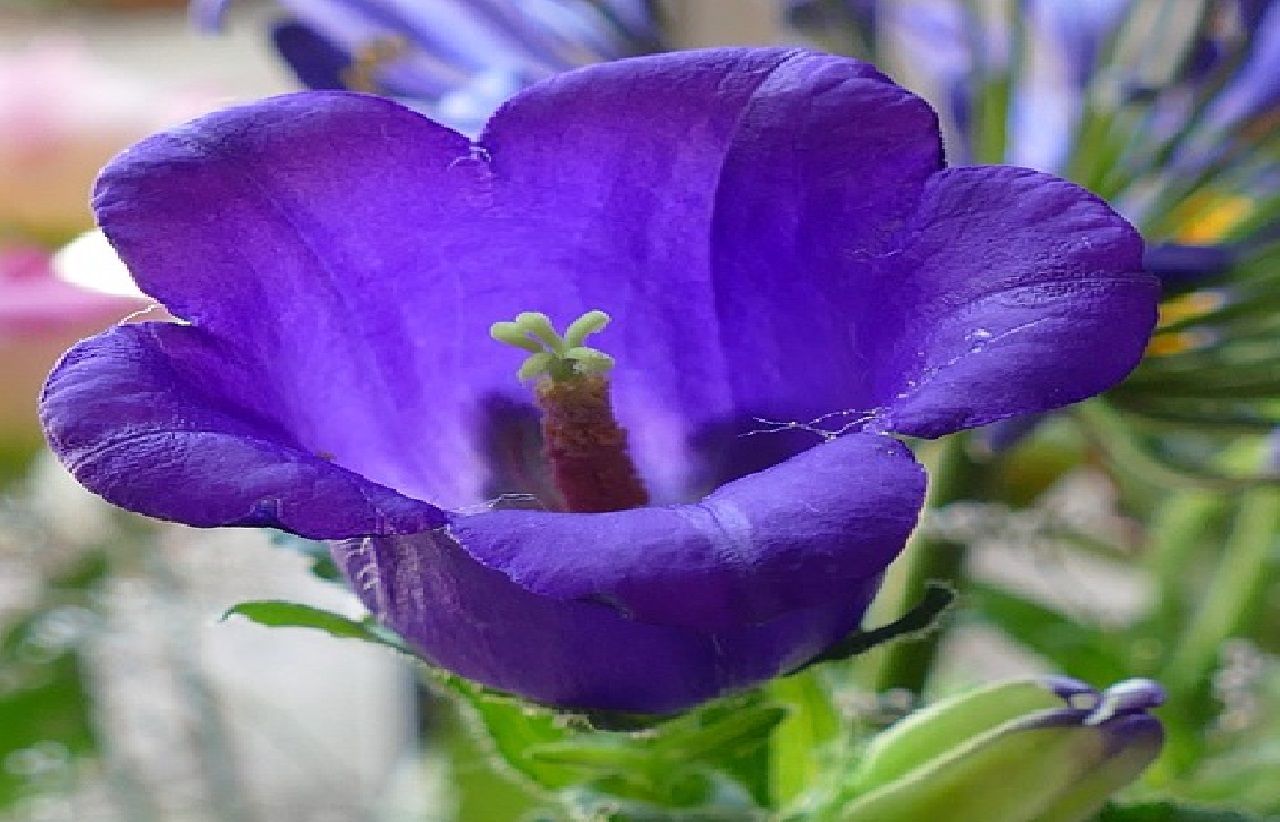
Canterbury Bells plant does not require much effort, you need to know the tips to take care of your plant. A healthy and tidy plant is one that gets through the growing season without much problem. Especially, the environment proposed by the mountains of Southern Europe help the plant’s leaves to bloom native to Canterbury.
Still, there are some quick tips that can help you grow a Canterbury Bells plant in your space easily.
How to Grow and Care for Canterbury Bells
Don’t Allow Your Plant to Dehydrate
Take care of the flower plant by watering it and clipping its leaves. To keep it from being dehydrated, mist the Canterbury bells leaves well after it has been cut off and thoroughly dry it in the sun for a few hours. These steps will help you maintain your plant.
Do Not Use Too Much of Fertilizers and Supporting Ingredients

- Try to avoid using too much fertilizer or any chemicals in your Canterbury Bells plants. These will kill your plant as well as damage its leaves.
- Do not allow the fertilizer to stay on the leaves. The fertilizer will break down the chlorophyll, leaving the leaves looking yellow and weak.
Do Not Keep the Plant in Sunlight for Long
- If you plant your Canterbury Bells in warm weather seasons, do not leave it under the sunlight for too long.
- The lights may kill your Canterbury bells plants if you let it get dark before taking it out.
- Light can also harm the leaves of your flower and give it a brownish color.
The Plant Shouldn’t Remain in Too Freezing Temperature as Well
Although it is a tropical plant, the Canterbury Bells flower can be affected by low temperatures. It can suffer from freezing if it is placed in freezing temperatures. You should also put the plants in a container that is not sealed with wax paper.
Try to Maintain Hot & Cold Temperature Around the Plant
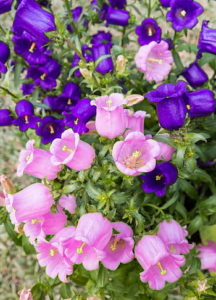
- A Canterbury Bells plant will not grow well in cold conditions.
- It can live for years in areas where the temperatures are below 40 degrees Fahrenheit.
- However, you should ensure that it gets sufficient sunlight in order to grow healthy.
First, Grow the Plant in A Container, Then Move It to Grand Land of Soil
If you want to plant the Canterbury flowers in cold regions, you should place it in a container with a thick film of plastic wrap. This will help protect it from the cold weather. The plastic can trap the heat from the sun to make the temperatures feel cooler.
Pay Extra Attention in Saving the Plant from Harsh Environment
Make sure that you provide extra care for your plant. It should have a protective covering over it so that it does not become harmed by the harsh environment of the area where you have planted it. You should make sure that the covering is not too heavy. In addition, you should not trim its leaves too often.
Pay Heed to the Location Where You’re Planting Canterbury Bells
You should remember that the warm and temperate climate conditions can affect the way the plants are growing, and they can be adversely affected. You should do all you can to take care of your flower. While planting the Canterbury Bells leaves, you should also think about the location.
Save It from Birds’ Migrations If They’re Planted at a Height

When you choose which plants to plant, try to consider the type of the plant. If you decide to plant a Canterbury Bells flower in the Southern Hemisphere, you should plant the Canterbury flowers near the southern part of your house. Bird migration will only occur when it is cold.
Save the Soil to be Filled with Too Much of Moist
You should remember that although it will grow in warm seasons, the soil should not be filled with moisture. The soil should be able to hold the water without turning into a mud-pit. If the soil becomes wet, it can become very heavy and hard, which may cause your plant to fall over.
The plants will grow healthy when they receive the right amount of sunlight and the required amount of fertilizer. Proper care can help them to grow very strong, and you should take care of your Bells plant with care. Keep in mind that good results are possible even if you don’t have much knowledge about the plant.



